Description
También denominado caraguatá en zonas de influencia guaraní, el chaguar (del quechua ch’awar) designa un grupo de bromeliáceas autóctonas que constituyen parte importante del tapiz vegetal de la región semiárida del Gran Chaco y contribuyen a la conservación del suelo de este frágil ecosistema en proceso de desertificación.
Desde tiempos prehispánicos el chaguar forma parte de la cultura de las comunidades nativas de esta zona: ayoreos, chorotes, chulupís y sobre todo de la wichí.
El chaguar tiene usos alimenticios, medicinales, rituales y textiles. La elaboración de textiles es propia de las mujeres e implica un proceso largo y laborioso: recolección de las hojas, eliminación de la parte carnosa, desfibrado, hilado, tejido. Suele teñirse con colorantes naturales de plantas del monte. Se trata de una fibra dura de alta resistencia. Es utilizada para la fabricación de redes de pesca, bolsas para acarrear frutos del monte, cuerdas y sogas, hamacas, mantas-esteras y diversas vestimentas.
La técnica de red de malla utilizada y sus variaciones se consideran de las más antiguas de Sudamérica. El entrelazado del hilo se realiza con una aguja de hueso, madera, espina de cactus o metal. Por la alternancia de color en los hilos se crean diversos motivos geométricos, representaciones abstractas de la cosmovisión de la comunidad, por ejemplo, ch´ehnu-t´oj (caparazón de quirquincho) o alhe-t´oj (piel de la panza de la iguana).
Un objeto emblemático wichí es un tipo de bolsa omnipresente en la vida cotidiana y en los relatos míticos. Aunque en forma genérica se la conoce como yica, en lengua wichí tiene distintos nombres según su tipología: hile (morral cuadrangular) y sichet (bolso semiesférico) y sus respectivas variedades.
En algunas comunidades estos objetos tradicionales se han transformado en un medio de vida y se comercializan en zonas urbanas. Muchas mujeres del monte chaqueño han pasado de una actividad doméstica a distintos tipos de formas asociativas para difundir su producción, parte de la cual se ha ido incorporando a circuitos de diseño y arte.
english
Chaguar products
Also known as caraguatá in areas of Guarani influence, chaguar refers to a group of native bromeliads that constitute an important part of the vegetation cover of the Gran Chaco semi-arid region. These plants contribute to soil conservation in this fragile ecosystem, which undergoes a desertification process.
Since pre-Hispanic times chaguar has been part of the native communities’ culture in this area: Ayoreos, Chorotes, Chulupis, and notably Wichi.
Chaguar has uses in food, medicine, rituals, and textiles. Textile production is traditionally undertaken by women and encompasses a lengthy and labor-intensive process. It begins with the collection of leaves, followed by the removal of the fleshy stem. The process then advances through shredding, spinning, and culminates in weaving the materials into textiles, which are normally coloured with natural dyes from bush plants. Chaguar is a hard, highly resistant fibre. It is used to make many practical items, including fishing nets, bags for carrying wild fruits, ropes, hammocks, blankets, mats, and garments.
The mesh netting technique and its variations are considered among the oldest in South America. The thread is woven with a needle made of bone, wood, cactus thorn, or metal. By alternating the colours of the threads, different geometric motifs are woven into abstract symbols of the community cosmovision in the shape of, for example, ch’ehnu-t’oj (Andean hairy armadillo shell) or alhe-t’oj (iguana belly skin).
An emblematic Wichi object is a type of bag that is omnipresent in everyday life and mythical stories. Although it is generically known as yica, in the Wichi language it has different names according to its type, such as hile (quadrangular bag) and sichet (hemispherical bag) and includes the respective varieties.
In certain communities, these traditional objects have evolved into sources of livelihood and are now marketed in urban areas. Many women in the Chaco bush have transitioned from domestic activities to various forms of associational work, aiming to promote their production. Some of these products have been integrated into design and art circuits.

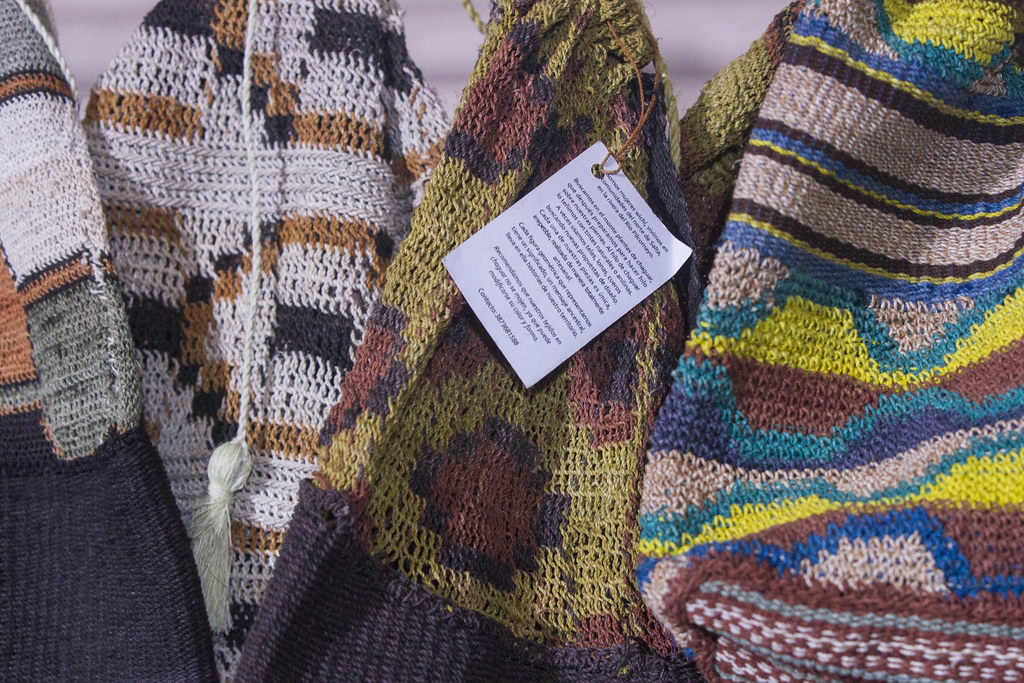
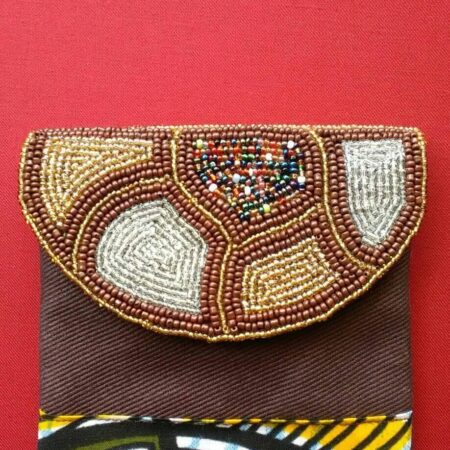
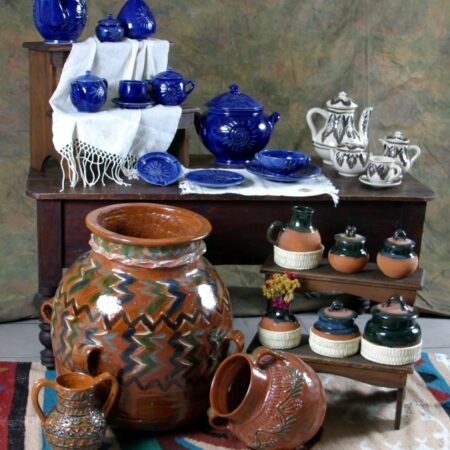
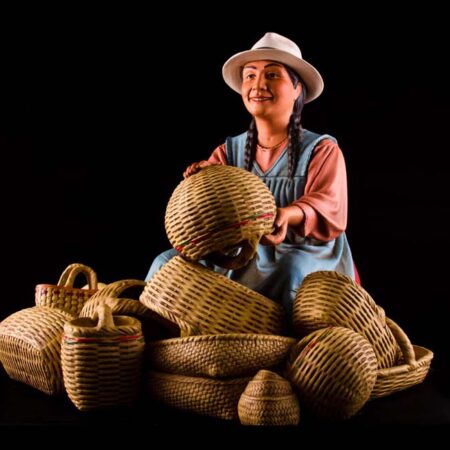
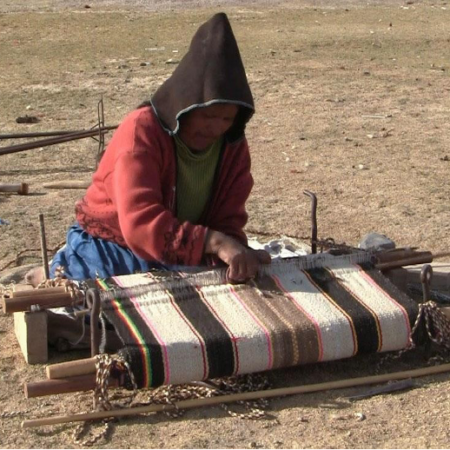

Reviews
There are no reviews yet.